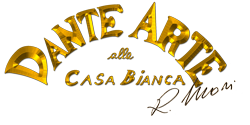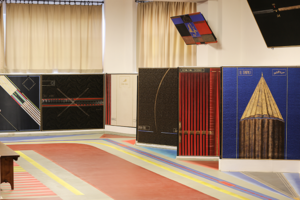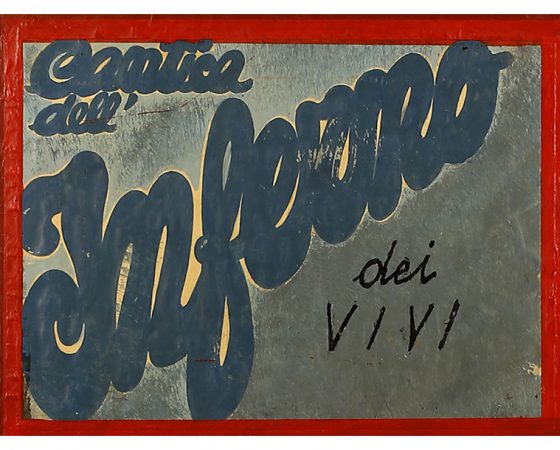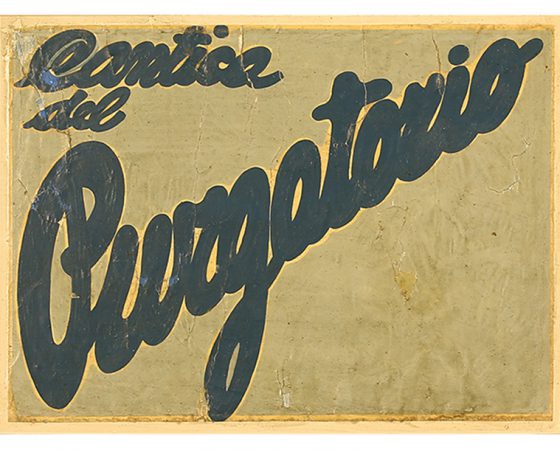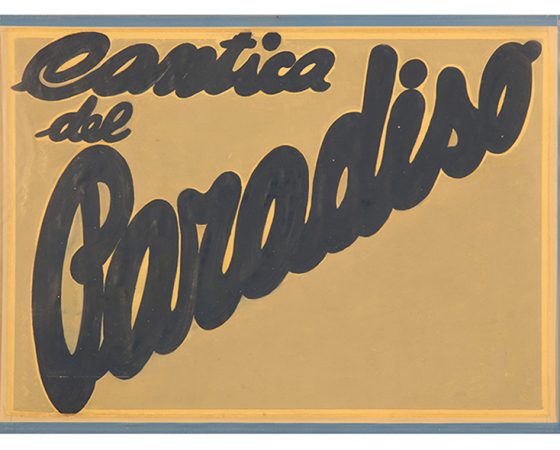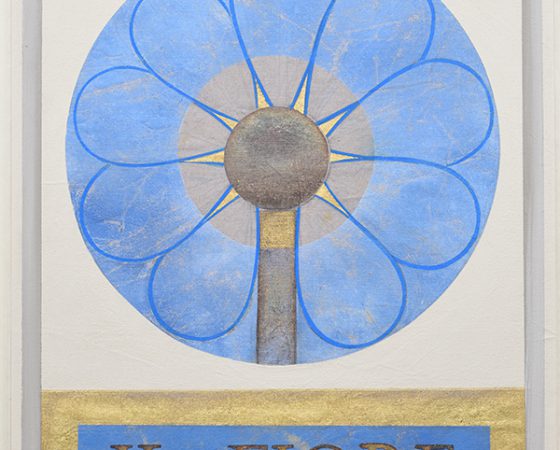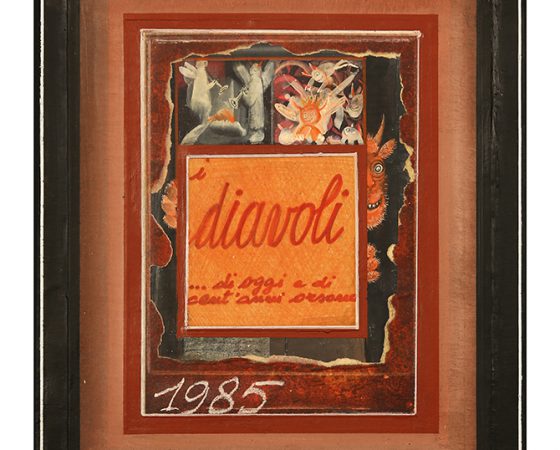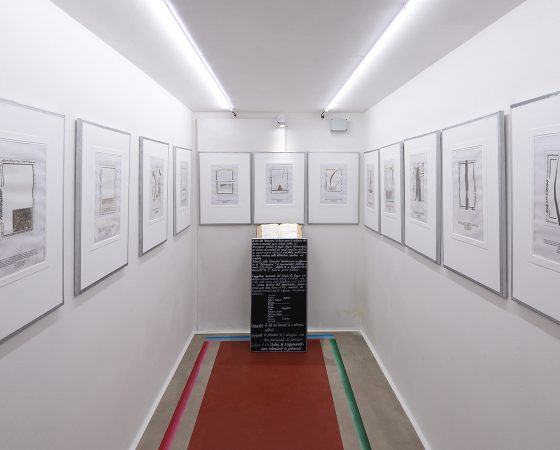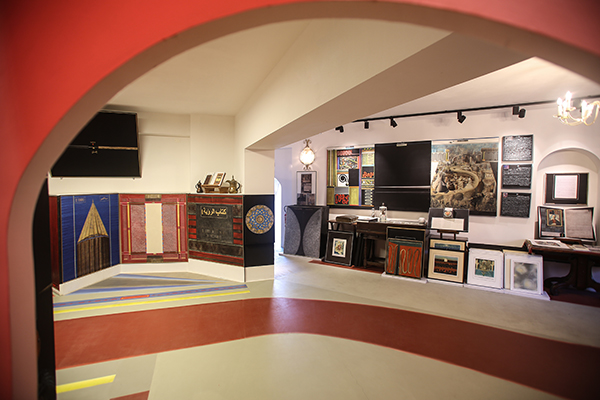
Dante Arte alla Casa Bianca foundation wishes to host individual visitors and groups of up to 15 people. We welcome both scholars and art lovers.
In an era of great ferment and migration, our Foundation aims to be a meeting point for all cultures and religions, to unite them under the banner of mutual respect and admiration. In this respect, we will hold conferences, concerts and readings of Dante’s Divine Comedy.
The Fondazione Dante Arte alla Casa Bianca is a cultural hub, with a mandate to promote events, in particular, those focused on the study of Dante Alighieri. At its headquarters in Cascia, the Foundation holds the entire collection of paintings by the painter Maestro Raffaello Mori. Created between 1980 and 2000, the ArteNatura project carries the observer through Mori’s life and experience.
